Branded Calling ID
Branded calling enables organizations to have their name, logo, and call reason displayed on the handset of the people they call. The increase in call completion is dramatic. A new industry-led initiative, Branded Calling ID™ (BCID), enables voice service providers to participate in delivering branded calling services.
Branded calling has been available for years using proprietary solutions. The deployment of proprietary solutions has proven the robust market demand for branded calling. Businesses are paying up to 12 cents per call to have their calls branded. However, the adoption rate has been low because telephone service providers are excluded from proprietary branded calling services for their business customers.
A new initiative by CTIA — The Wireless Association has dramatically increased the adoption of branded calling services by enabling telephone service providers to offer branded calling services using standards-based technology. This new initiative is the Branded Calling ID™ (BCID) ecosystem. It leverages existing STIR/SHAKEN technology with an innovative commercial framework that enables service providers and end users to trust calls that are branded.
Branded Calling Can Display Caller Name, Call Reason, and Logo
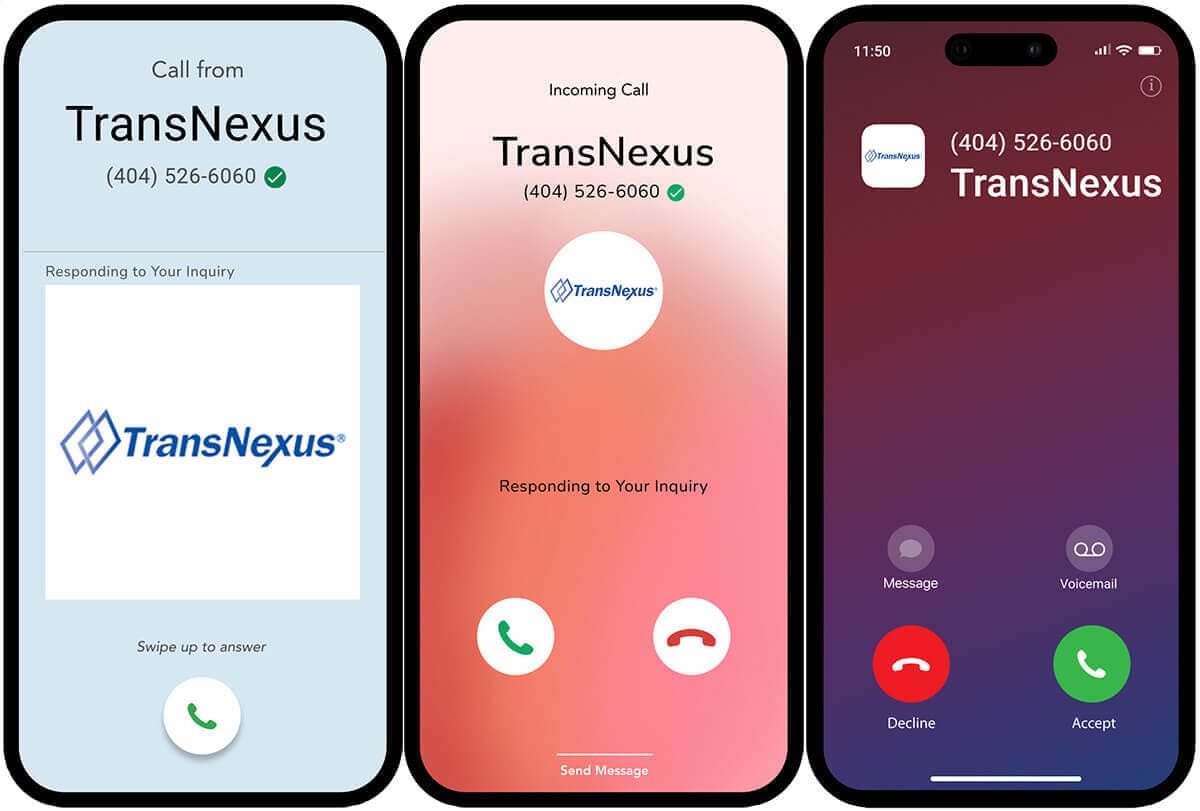
Figure 1. Branded Calling Examples for Android 1, Android 2, and iOS
Who needs branded calling?
Branded calling is valuable for businesses that have an urgent need to speak with their customers. Generally, the urgency is driven by an immediate need to avoid revenue loss and prevent unnecessary expenses or inconvenience for the customer. There are many use cases when paying 12 cents to ensure call completion is a great business case. Here are a few examples.
Financial services — Urgent calls to customers regarding fraud events.
Car repair — Calls to customers to get approval for additional repairs. Without customer permission, the car repair is delayed and valuable garage bay space remains idle leading to a loss of revenue.
Appointment reminders — Avoiding a missed appointment prevents significant revenue loss. This case is especially true for health care services where a missed appointment could result in hundreds of dollars in lost revenue.
Field services – Home services in particular experience serious revenue loss when a homeowner is not available for a home service. Pest control, plumbing, electrical, and appliance deliveries can prevent the expense of a wasted truck roll by confirming their next appointment is available before traveling to their next job site.
Education — Schools do not often call parents directly, but when they do it is an important call. If a child is sick at school, the school needs to speak with the child’s parent as soon as possible.
Brand Awareness
Branded Calling ID is a powerful, cost-effective tool for brand awareness. Branded calls put the enterprise’s brand and call reason in the palm of their customer’s hand, creating an opportunity for immediate customer engagement. The brand impression persists during the call and remains after the call with the logo and call reason prominently displayed in the phone’s call history. Missed calls are more likely to be returned when a customer sees a brand and call reason they trust in their call history.
Brand awareness and reputation are further enhanced by the terms of the BCID ecosystem, which prohibits non-TCPA-compliant calling and ensures only vetted brands are presented. Compared to other brand awareness tactics, such as print advertising, billboards, or web impressions, branded calling is more targeted, more effective, and less expensive.

BCID Ecosystem Participants
The BCID ecosystem is comprised of the following parties.
Originating Service Providers (OSPs)
OSPs originate and deliver branded calls throughout the BCID ecosystem, utilizing STIR/SHAKEN standards to securely deliver vetted brand information.
Terminating Service Providers (TSPs)
TSPs verify SHAKEN PASSporTs and when a PASSporT includes vetted brand information, the TSP passes that information to the called party’s handset for display. TSPs are paid for each brand display they pass to the called party.
Onboarding Agents
Onboarding Agents serve as the point of entry to Branded Calling ID for enterprises who want their brand displayed when they call their customers. Branded Calling ID Authorized Onboarding Agents are required to collect and convey customer information to approved Vetting Agents and manage billing, reporting, and customer support functions.
Vetting Agents
A Vetting Agent is a third party responsible for validating that enterprise callers are who they say they are, and have the right to use a display name, logo, and call reason.
Vetting Agents are responsible for performing rigorous vetting and validation of all enterprise information, including confirmation of identity and telephone numbers, and vetting caller display names, logos, and call reasons.
Signing Agents
Signing Agents generate the cryptographic signature on the SHAKEN PASSporT with Rich Call Data that confirms a Branded Calling ID call has been properly vetted and validated by an Authorized Partner. TSPs rely on this signature to know which calls they can trust to convey to their customer handsets. The TransNexus ClearIP service is a Signing Agent for ClearIP OSP customers. The TransNexus NexOSS on-premises software provides the tools needed for an OSP to be a Signing Agent.
Productizing Branded Calling
For Originating Service Providers (OSPs), the biggest challenge for deploying branded calling is productizing the service into an offering the sales team can present to customers. This section provides an overview of issues the Product Manager must resolve.
Assess customer demand
Your customers may have never heard of branded calling. Demand for a product that a customer is unaware of is always low. However, the aggravation of good calls being mislabeled is pervasive. This complaint from enterprises is widespread and the solution of registering telephone numbers with robocall analytics providers is labor-intensive and ineffective. Given these facts, educate your customers that branded calling is a solution for calls mislabeled as spam. There is no guarantee that a branded call will not be labeled as spam by a Terminating Service provider (TSP). However, labeling a call as spam that has been vetted, and that the TSP will be paid for, is unlikely. Businesses and organizations with an urgent need to communicate with their customers will see the value of branded calling and improved call completion rates.
Pricing
Pricing for a new service must balance what the market will bear and the required profit margin based on the expected cost of goods sold. Published prices for branded calling are as high as 10 to 12 cents per call for a low-volume package of calls per month. If call volume is tens of thousands of calls per month, then charging 3 cents per branded call is a good planning assumption.
The cost of branded calling has multiple components, some costs are fixed per OSP or enterprise by month or year and others are per call. The following table summarizes the OSP’s Cost of Goods Sold for branded calling.
| Branded Calling Cost Element | Comments |
|---|---|
| CTIA SHAKEN Certificate fee per month | Join the BCID ecosystem (no cost to join) to get the cost details. |
| BCID Platform fee per month per brand | Join the BCID ecosystem (no cost to join) to get the cost details. |
| Terminating Service Provider (TSP) fee per call (only charged when brand is displayed) | Join the BCID ecosystem (no cost to join) to get the cost details. |
| Branded Calling SHAKEN Signing Agent fee per call | TransNexus fee starts at $0.0004 per call and decreases with volume. |
| Vetting fee per enterprise per year | TransNexus can introduce you to Onboarding and Vetting Agents who will describe their services and fees. |
| Onboarding fee | TransNexus can introduce you to Onboarding and Vetting Agents who will describe their services and fees. |
The chart in Figure 2 plots the cost of goods sold for branded calls as a function of the number of enterprises served by an OSP and the number of branded calls made each month per enterprise. TransNexus believes the cost assumptions used for this analysis are conservative and that the cost of goods sold may be lower for OSPs that act as their own Onboarding and Vetting Agents.
BCID Enables Small Providers to Compete
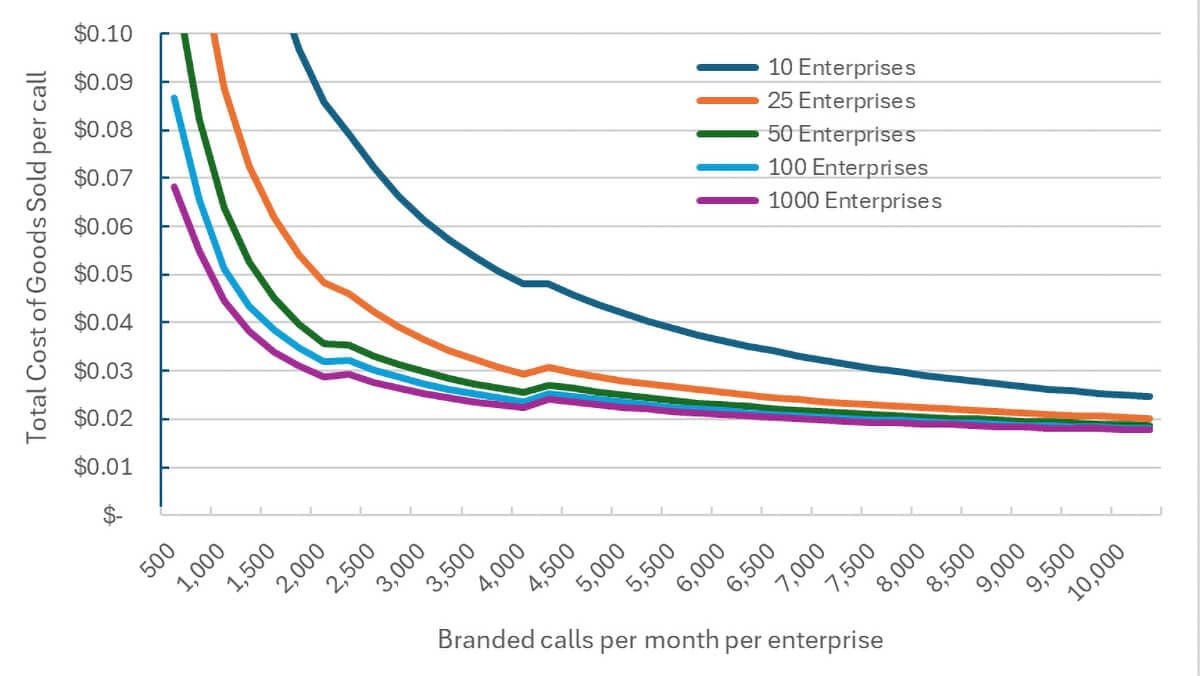
Figure 2. Branded Calling ID Cost of Goods Sold
Conclusions from the cost of goods sold analysis:
- Targeting enterprise customers with a call volume that results in a cost of goods sold of 3 cents per call, or less, is a good planning objective.
- An OSP can make a business case for deploying branded calling with as few as 25 enterprise customers.
- The cost efficiencies from serving multiple enterprises diminish quickly above 25 enterprises. This fact means that small OSPs can compete equally, from a cost basis, with huge OSPs that have thousands of enterprise customers.
- Branded calling requires no capital investment. The upfront cost that must be recovered is the cost to productize and launch the service. Since all costs are variable based on volume, branded calling is a low-risk business case.
Bundled Packages
Offering branded calling as a packaged bundle is a common pricing strategy. It provides the enterprise some certainty with their expected cost if they do not exceed the packaged calls per month. For the service provider, extra profits are earned from enterprises that do not consume all the calls in their package. The table below provides a couple of package pricing examples for an OSP whose Cost of Goods Sold is averaged over 100 enterprise customers and requires at least a 50% gross margin.
| Calls/month | COGS/call | Price/call | Package price |
|---|---|---|---|
| 1,000 | $0.051 | $0.10 | $100/month |
| 2,500 | $0.030 | $0.06 | $150/month |
| 3,500 | $0.025 | $0.05 | $175/month |
| 7,000 | $0.020 | $0.04 | $280/month |
BCID Implementation Models
There are two common BCID implementation models: outsourcing, and OSP implementation.
OSP Outsources BCID
With this implementation model, the OSP outsources all BCID operations, including selling and billing to its Onboarding Agent partner. The onboarding agent shares part of the BCID revenue with the OSP. This strategy works well for service providers with limited resources.
Benefits:
- Costs are limited to the monthly cost of a CTIA certificate and Signing Agent fees ($0.0004 per call).
- Rapid time to market
- Easy, low business risk
Limitations:
- Less revenue
- No contact or control of customer
OSP Implements BCID
Many OSPs choose to implement BCID operations so they can include branded calling as an integral part of their product portfolio. With this model, the OSP sells directly to the enterprises and uses the tools of an Onboarding and Vetting Agent to provision the enterprise’s branded calling data. Branded calling billing information received from the Onboarding Agent is integrated with the OSP’s billing system and included in the OSP’s bill sent to its customers. This is a good strategy for OSPs who have the resources to take branded calling to market as a new product.
Benefits:
- OSP maintains control of the customer experience and relationship
- Fully integrated solution for the customer with a single point of contact for support
- Reduces customer churn risk
- Greater profit potential
Limitations:
- Requires an upfront investment to:
- Create a branded calling product offering
- Train sales staff and launch a sales campaign
- Create and deploy a provisioning process for branded calling data
- Integrate BCID billing data with the OSP billing system
- Significant work effort
- Slower time to market
- More business risk
New Profits for Terminating Service Providers
One of the powerful innovations of BCID is that it enables TSPs to be compensated when they present branded calling information to their subscribers. The TSP’s additional cost to pass verified branded calling information to the called party’s handset is very low. Revenue collected by TSPs for displaying branded calling information to their subscribers is very profitable. In addition, the display of branded calling replaces the need for a costly CNAM query to display Caller ID.
How BCID Works
The following sections explain how the Branded Calling ID ecosystem works.
Data Provisioning
The following diagram illustrates the BCID ecosystem.
The BCID Ecosystem
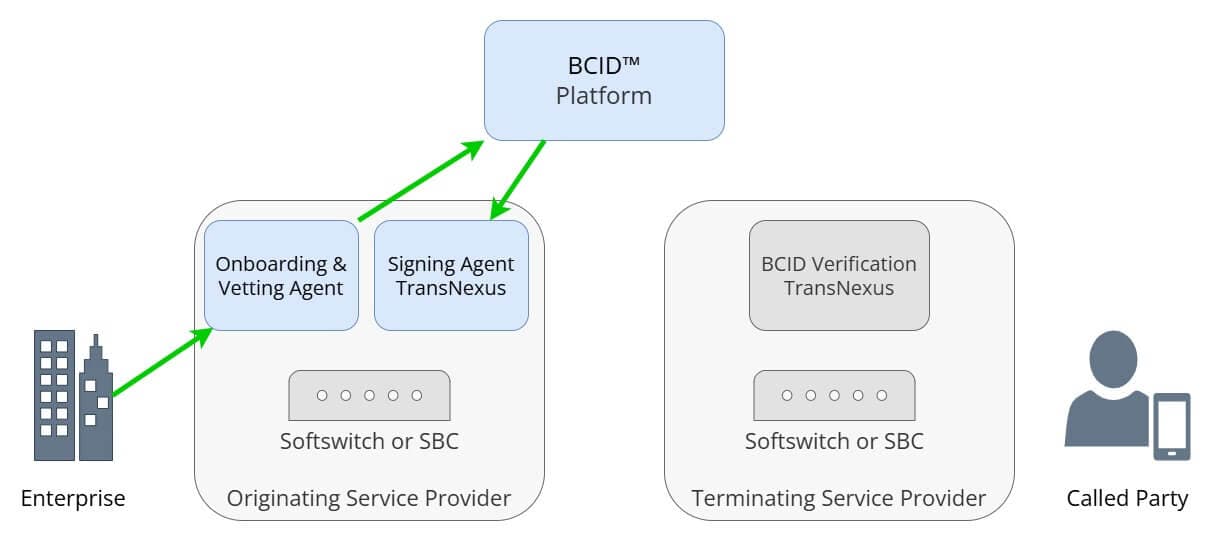
Figure 3. Provisioning an Enterprise in the BCID Ecosystem
The entities shaded in blue perform the following BCID provisioning functions:
- The BCID Platform is the central governance platform operated by BCID, LLC, a subsidiary of CTIA.
- The Onboarding and Vetting agents are separate functions but are presented in a single box since most Onboarding Agent services also include Vetting agent services.
- The Onboarding, Vetting, and Signing Agent services are included in the OSP box because most OSPs integrate branded calling as a value-added service that they provide for enterprise customers.
- The provisioning process begins with the Onboarding Agent collecting the Branded Calling data from the enterprise. This service might be provided via the OSP using the white-label service of an Onboarding Agent. The important point is that the Onboarding Agent is legally responsible for complying with BCID ecosystem terms.
- The Onboarding Agent passes the enterprise-branded calling data directly to the Vetting Agent. The Vetting agent vets the enterprise, its right to use the telephone number, name, and logo. Successfully vetted data is then passed to the central BCID platform run by BCID LLC, a subsidiary of CTIA. Only Vetting Agents can provision data to the BCID platform.
- The Signing Agent pulls branded calling data for the OSP’s registered BCID enterprise customers from the BCID platform. When the OSP originates a call that qualifies for A attestation and matches the BCID data of one of its registered enterprise customers, the Signing Agent will create a SHAKEN PASSporT with Rich Call Data (RCD) for branded calling that is signed as? a certificate issued by CTIA.
- The TSP’s BCID SHAKEN verification function extracts the branded calling data from a verified BCID and returns it to the TSP’s softswitch or SBC so it can be displayed to the called party.
BCID Call Flow
Call Flow for a BCID Call
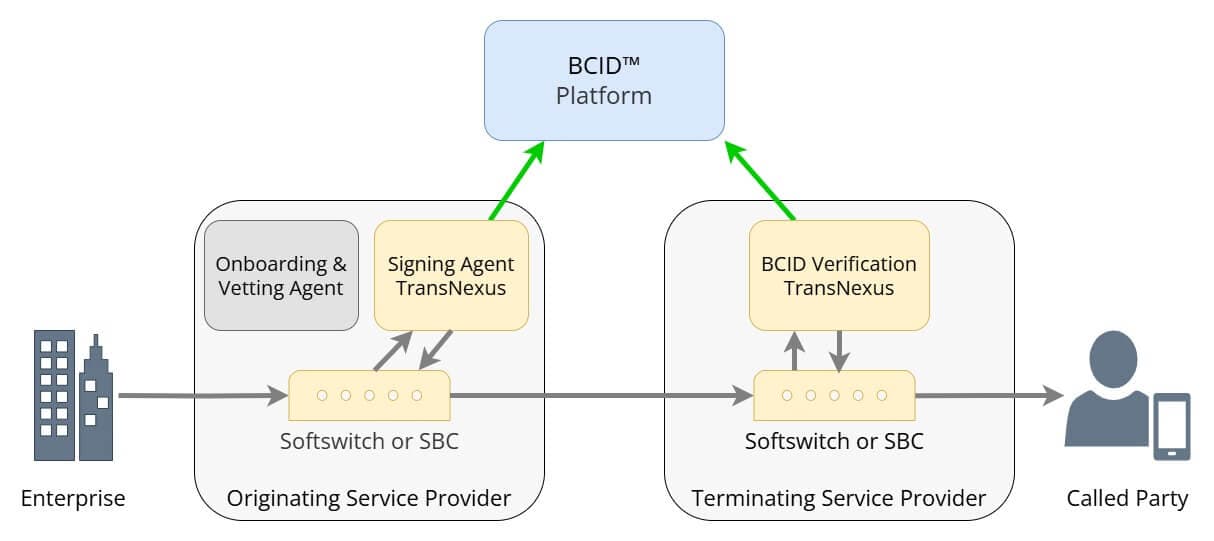
Figure 4. Standard SIP SHAKEN Call Flow Plus BCID Notification
This call flow is a standard SIP call flow with SHAKEN Authentication and Verification. There is nothing new in this implementation. That is the beauty of the Branded Calling ID design, it is plain old SHAKEN and requires no network changes.
The green arrows in Figure 4 represent the Signing Agent sending a Confirm Signing message to the BCID platform when a BCID PASSporT is created. The BCID Verification service sends a Confirm Passing message to the BCID Platform when the branded calling information in a verified BCID PASSporT is returned to the TSP’s softswitch or SBC so it can be passed to the called party’s handset for display.
Branded Calling Information in SIP Signaling
SHAKEN PASSport Payload with Branded Calling Information
{
"attest": "A",
"crn": "Requested Agent Callback",
"dest": {
"tn": [
"18554742536"
]
},
"iat": 1577836800,
"orig": {
"tn": "14045266060"
},
"origid": "99999999-9999-4999-9999-999999999999",
"rcd": {
"icn": "https://cdn.brandedcallingid.com/images/00000000000000000000000000.bmp",
"nam": "TransNexus, Inc."
},
"rcdi": {
"/icn": "sha256-000000000000000000000000000000000000000"
}
}The example above shows how the Signing Agent puts branded calling information in a SHAKEN PASSporT. This includes the following:
- "crn" provides the call reason.
- "icn" is a link to the brand’s logo image.
- "nam" is the caller’s brand name.
- "/icn" is an integrity value used to verify that the logo image has not changed since it was vetted.
SIP Header with Branded Calling Information
P-Asserted-Identity: "TransNexus, Inc." <sip:14045266060;verstat-TN-Validation-Passed@example.com> Call-Info: <https://cdn.brandedcallingid.com/images/00000000000000000000000000.bmp>;purpose=icon;verified=true;integrity="sha256-000000000000000000000000000000000000000";call-reason="Requested Agent Callback"
The example above shows a SIP header returned in a SIP 302 message by the BCID Verification service to the TSP’s softswitch or SBC. The SIP headers include the highlighted branded calling information that is passed to the called party’s handset for display.
BCID Billing
BCID Billing Flow
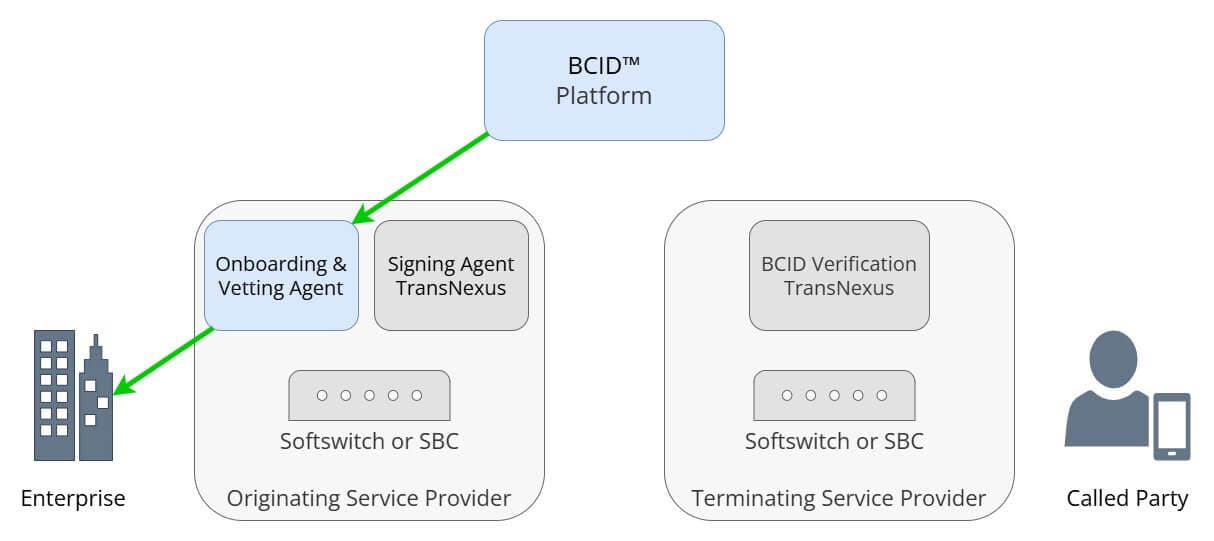
Figure 5. Branded Calling ID Billing
Figure 5 illustrates the billing process. Each month, the BCID platform will send a bill to each Onboarding Agent. The bill from the BCID platform has two primary components:
- Platform fees — charges for each enterprise display identity
- Brand display fees — charges for the compensation paid to TSPs to display branded calling to its subscribers.
The bill from the BCID platform includes the details needed for the Onboarding Agent to bill its enterprise customers for branded calling. The actual bill presented to the enterprise may come from the Onboarding Agent of the OSP depending on the business arrangement between the OSP and the Onboarding Agent.
BCID Money Flow
BCID Payment Flow Options
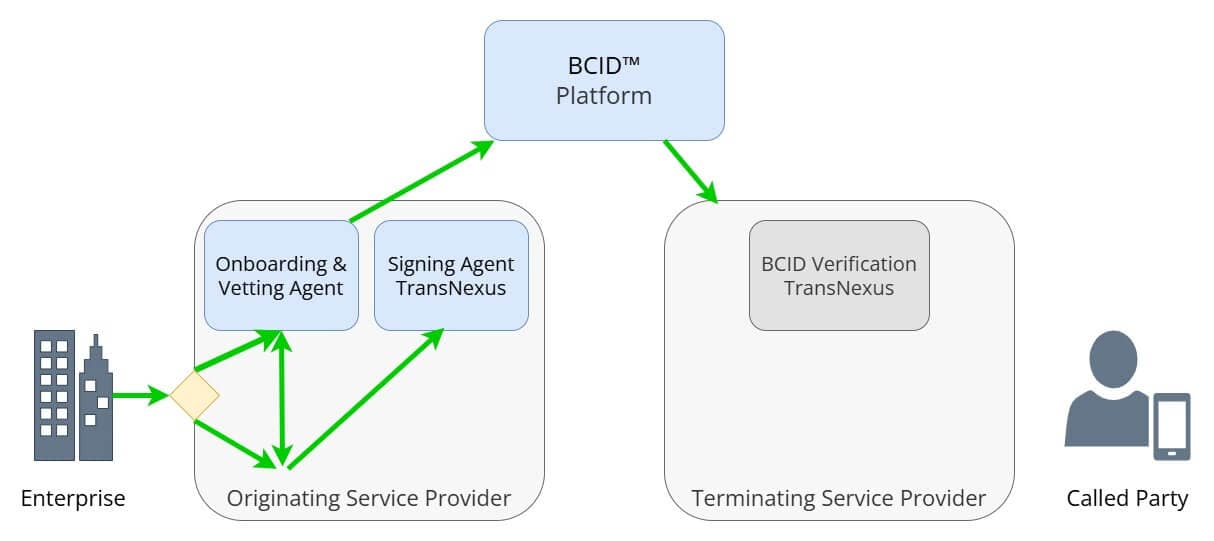
Figure 6. Branded Calling ID Payments
Figure 6 illustrates options for BCID payment flows.
- The enterprise pays for branded calling services. There are options for how this can be arranged. The yellow diamond in Figure 6 illustrates different paths for the money flow depending on how these arrangements are made:
- The OSP can bill the enterprise for branded calling services, collect the funds, and pay the required amount to the Onboarding Agent, or
- The Onboarding Agent may bill the enterprise directly on their paper, collect the funds, and pay the required amount to the OSP, or
- The Onboarding Agent might bill the enterprise in a white-label arrangement on behalf of the OSP, collect the funds, and then pay the required amount to the OSP.
- The Onboarding and Vetting Agent roles are often performed by the same entity. However, if there is a separate Vetting Agent, then the Onboarding Agent pays the Vetting Agent.
- The Onboarding Agent pays BCID, LLC for its platform fees and TSP display fees.
- The OSP pays the Signing Agent for signing services.
- BCID, LLC pays the TSP for branded calling displays that the TSP reported to BCID with Confirm Passing messages.
- Note that a participating TSP does not get involved in the billing arrangements. A participating TSP simply sends Confirm Passing messages to the BCID platform and receives payments from BCID.
Next Steps for Service Providers
Contact TransNexus for a meeting to learn more about Branded Calling ID and how to get started. We will answer your questions and share an action plan for the next steps to launch your branded calling services as either an OSP, TSP, or both.
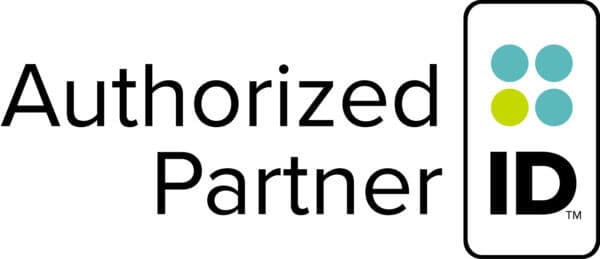
TransNexus solutions
TransNexus is a leader in developing innovative software to manage and protect telecommunications networks worldwide. The company has over 25 years of experience in providing telecom software solutions including toll fraud prevention, robocall mitigation and prevention, CDR and call analytics, advanced call routing, billing support, STIR/SHAKEN, and branded calling.
BCID™ is a service mark of CTIA — The Wireless Association.
Contact us today to learn more.
Branded calling optimizes call completion and callback.
Learn more about branded calling